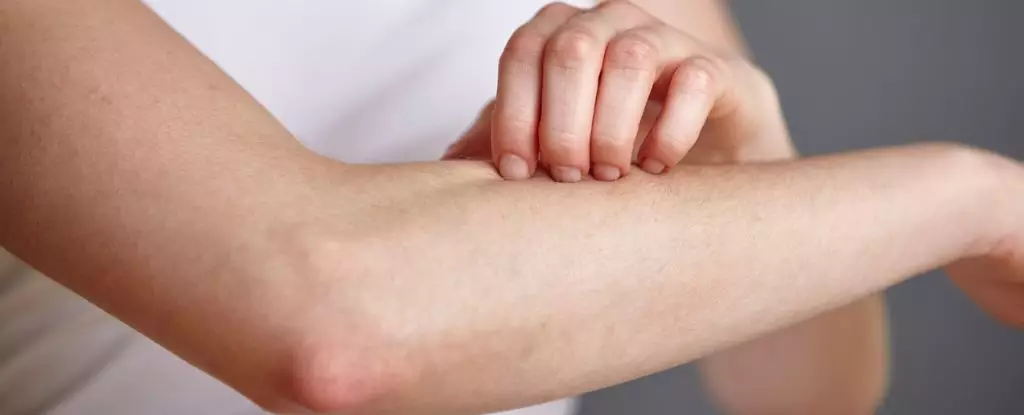In an age where antibiotic resistance looms large as a critical healthcare challenge, a silent protector may be lurking right on the surface of our skin. Malassezia sympodialis, a species of yeast that predominantly resides in our skin microbiome, has recently been identified as a potential adversary against the notorious Staphylococcus aureus—the bacterium that wreaks havoc and claims over a million lives globally each year. The implications of this discovery are profound, suggesting that our own bodies may harbor biological weapons against some of the deadliest pathogens known to humankind.
The idea that our skin, often overlooked as merely a protective barrier, serves as a battleground for microbial warfare is both fascinating and essential. While traditional approaches focus on countering pathogens with synthetic antibiotics, this new research shifts the perspective to harnessing our natural defenses. The yeasts on our skin, particularly Malassezia, specialize in breaking down oils and fats, releasing a fatty acid that proves lethal to staph bacteria. This symbiotic relationship frames our skin not just as a shield, but as a complex ecosystem.
The Secret Weapon: 10-Hydroxy Palmitic Acid
At the heart of this defensive mechanism is a compound known as 10-hydroxy palmitic acid (10-HP). This fatty acid, once considered to be an overlooked minor player in the fight against bacteria, now proves to be a significant weapon against S. aureus. Research has shown that when exposed to this compound, bacteria suffer a staggering reduction in viability, showcasing the potent antimicrobial properties that thrive in the acidic environment of the skin.
Lead researcher Caitlin Kowalski from the University of Oregon emphasizes that this discovery extends far beyond mere scientific curiosity; it opens avenues for alternative treatment strategies that leverage the body’s innate defenses rather than relying solely on external antibiotics. The realization that such a known compound could play a pivotal role in combating staph infections paints a hopeful picture in a bleak landscape of rising antibiotic resistance.
The Resilience of Staph and the Quest for Understanding
While this discovery is encouraging, the adaptability of S. aureus poses ongoing challenges. Researchers noted that over time, certain strains exhibited resistance to the antibacterial effects of 10-HP, echoing the same patterns seen with clinical antibiotics. This ‘evolution’ is troubling—staph bacteria have an uncanny ability to mutate, rendering traditional treatments ineffective.
The presence of other less harmful Staphylococcus species that have already figured out how to coexist with Malassezia illustrates the complex nature of microbial interactions. The understanding of these relationships may well lay groundwork for innovative therapeutic strategies that promote bacterial balance rather than outright elimination. This could herald a new age of precision medicine where we cultivate beneficial organisms to fend off disease, rather than waging a war that often leads to collateral damage.
A Future of Hope and Exploration
As Kowalski and her team continue their exploration into the genetic mechanisms that allow staph infections to develop resistance, the excitement in the academic community is palpable. There’s a growing awareness that we must not only peer into the world of antibiotics but should also delve deeper into the microbial communities that inhabit our bodies. The skin microbiome may yet hold more secrets and viable treatments for antibiotic-resistant infections.
Looking forward, we must instill an appreciation for our body’s natural flora—specifically, the roles played by seemingly innocuous microorganisms like Malassezia. Moving forward, the challenge lies not only in optimizing existing therapies but also in reshaping how we view microbial life, fostering a deeper understanding of our microbiomes as crucial players in our health. By embracing these natural defenses, there lies the possibility of not just combating infections, but also ensuring a viable pathway for more sustainable healthcare solutions.

